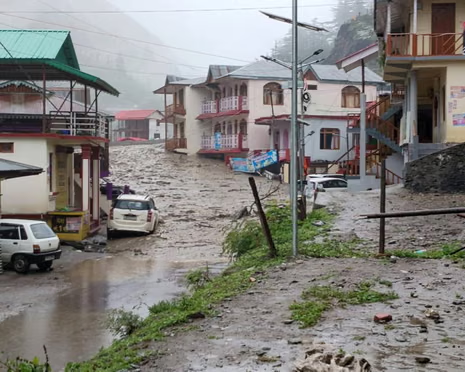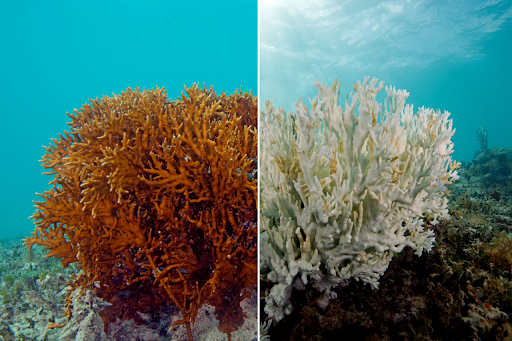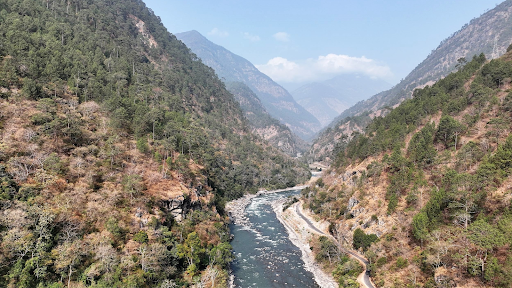



The Angami Naga tribe, a Scheduled Tribe in Nagaland, is known for its rich cultural identity, Christian majority, and unique traditions like terrace wet cultivation and basket-making. They celebrate the ten-day festival, Sekrenyi, and showcase their unity through events like pulling a massive 15-tonne stone during the Hornbill Festival. Their society is predominantly patriarchal, with a strong sense of community and cultural pride.

Disclaimer: Copyright infringement not intended.
The Angami Naga tribe, as part of Nagaland’s Hornbill Festival, showcased their unity by pulling a massive 15-tonne stone for four kilometers.
Angami-Naga tribe is one among the many other Naga tribes and has its own cultural identity. J.H. Hutton also mentioned in his book “The Angami Nagas”.
They are listed as a Scheduled Tribe in the 5th schedule of the Indian Constitution and they speak Angami language (Tenyidie). They do not have a script of their own. In terms of religion, most of them are Christian (98.22%) and a few of them are still following Animism (0.71%).
They are known for their terrace wet cultivation and are mainly divided into four distinct groups: Khonoma group, the Kohima group, the Viswema group, and the Chakroma group. At present, it is common to identify these groups based on their geographic distribution.
Cuisine: Galho is a popular Angami cuisine made from a mixture of rice, Himalayan knotweed, vegetables, and meats (pork or beef), etc.
Festival: The Angamis celebrate a ten-day festival called Sekrenyi.
Economy: Shifting or Jhum cultivation is practiced among this tribe. The ‘Phichu-Pfe” is a distinct shawl worn exclusively by the tribe’s priests during religious ceremonies and rituals. They are known for their refined basket-making skills. The khophi, a utility basket for carrying things, is its signature basket.
Social Life: Patriarchal and patrilineal society. They belong to the Mongoloid race.
|
Location |
Northeastern India; shares borders with Assam, Arunachal Pradesh, Manipur, and Myanmar.
|
|
Capital |
Kohima |
|
Statehood |
Became the 16th state of India on December 1, 1963. |
|
Official Language |
English |
|
Other Languages |
Nagamese, various tribal dialects (Ao, Angami, Sumi, Lotha, etc.) |
|
Geography |
Hilly terrain with dense forests; Mount Saramati (3,826 m) is the highest peak. |
|
Climate |
Monsoon-influenced subtropical; heavy rainfall during the monsoon season. |
|
Tribes |
Major tribes include Ao, Angami, Sumi, Lotha, Konyak, Chakhesang, and others. |
|
Economy |
Predominantly agrarian; key crops include rice, maize, millet, and oilseeds. |
|
Industries |
Handloom, handicrafts, bamboo products, and tourism. |
|
Flora and Fauna |
Rich biodiversity with species like Blyth's tragopan and Mithun (state animal). |
|
Festivals |
Hornbill Festival, Sekrenyi, Moatsu, and Aoling. |
|
Religion |
Predominantly Christian, with Baptists forming the largest denomination. |
|
Cultural Highlights |
Known for its rich tribal culture, traditional dances, and colorful attire. |
|
Borders |
Shares international border with Myanmar. |
|
Connectivity |
Dimapur has the only airport and railway station; road network links to neighboring states. |
About Hornbill festival:
https://www.iasgyan.in/daily-current-affairs/hornbill-festival
READ ABOUT THE TRIBES OF NAGALAND
https://www.iasgyan.in/daily-current-affairs/tribes-in-news-jarawa-tribe-rengama-naga
Source:
|
PRACTICE QUESTION Q.Consider the following statements regarding the Angami Tribe of Nagaland:
Which of the above statements is/are correct? (a) 1 only (b) 2 only (c) 1 and 4 only (d) 1, 3, and 4 only Answer: d Explanation: Statement 1 is correct: The Angami are one of the major Naga tribes indigenous to the state of Nagaland. Statement 2 is incorrect: While the Angamis practice agriculture, they do not rely only on shifting cultivation. They have adopted various forms of sustainable agricultural practices. Statement 3 is correct: Angamis are known for their unique customs and traditions, which are prominently showcased during the Hornbill Festival. Statement 4 is correct: The Angami language belongs to the Tibeto-Burman language family, similar to other Naga languages. |










© 2025 iasgyan. All right reserved